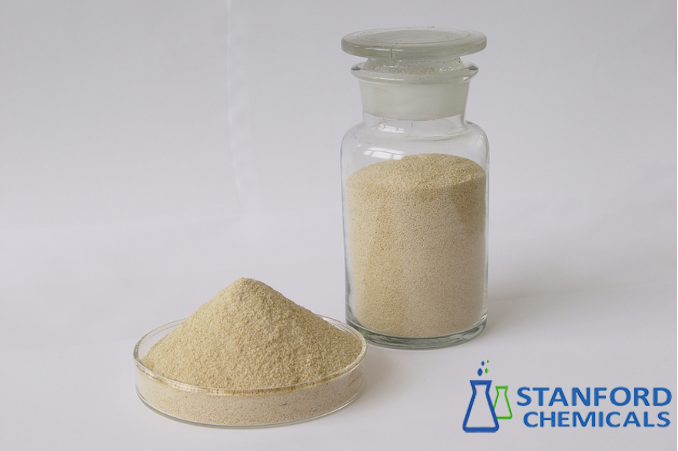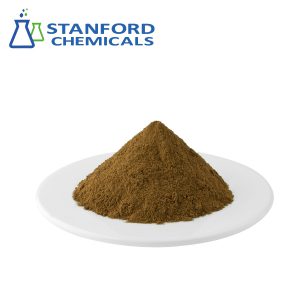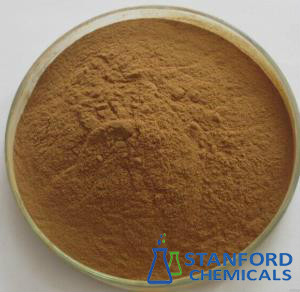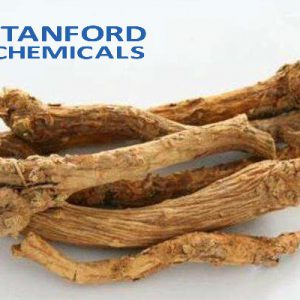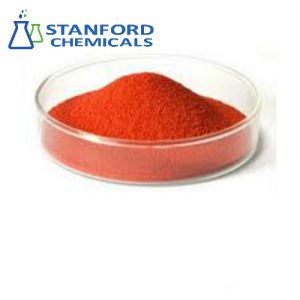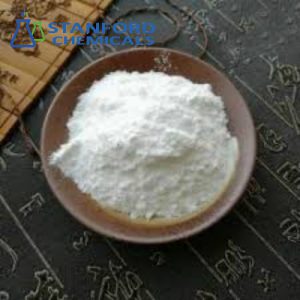- Home
- Herbal Extract
- Industrial Grade Sodium Alginate Powder (CAS No. 9005-38-3)
Industrial Grade Sodium Alginate Powder (CAS No. 9005-38-3)
| CAS Number | 9005-38-3 |
| Ingredient | Sodium Alginate |
| Color | White, light yellow, or light brown |
| Particle Size | 30/40/60/120 mesh |
- Description
Description
Industrial Grade Sodium Alginate Powder Description
Industrial Grade Sodium Alginate Powder, commonly referred to as sodium alginate or algin, appears as a fine white, light yellow, or light brown powder or granules. It is virtually odorless and flavorless, making it versatile for various applications. This substance is a highly viscous polymer and a typical hydrophilic sol, known for its excellent stability, thickening, emulsifying, hydrating, and gelling capabilities. These properties make it a valuable ingredient across multiple sectors, including food production, pharmaceuticals, printing, and dyeing industries.
Industrial Grade Sodium Alginate Powder Specification
|
CAS No. |
9005-38-3 |
|
Ingredient |
Sodium Alginate |
|
Color |
White |
|
Particle Size |
30/40/60/120 mesh |
|
Shelf Life |
2 years |
|
Storage Conditions |
In a cool and dry place. |
|
Loss on drying |
≤15% |
|
Molecular Formula |
(C6H7O8Na)n |
|
Grade |
Industrial grade |
Industrial Grade Sodium Alginate Powder Uses
Printing and Dyeing Sector
In the printing and dyeing industry, Sodium Alginate Powder is utilized as an active dye paste, outperforming alternatives like grain and starch pastes. Textiles treated with alginate exhibit vibrant patterns, sharp lines, high color intensity, consistent hues, and enhanced permeability and flexibility. Alginate serves as an exceptional paste in contemporary printing and dyeing processes, being widely applied to fabrics such as cotton, wool, silk, and nylon. It is especially effective in formulating discharge printing pastes. Additionally, it functions as a warp sizing agent, which not only reduces material costs but also ensures warp fibers are lint-free, resistant to friction, and less prone to breakage, thereby boosting weaving efficiency. This makes it suitable for both natural and synthetic fibers.
Other Industries
Beyond textiles, sodium alginate finds applications in papermaking, household chemicals, metal casting, welding rod coatings, bait for fish and shrimp, insect repellents for fruit trees, concrete release agents, and as a polymer coagulation and sedimentation agent in water treatment processes.
Packaging
Our Industrial Grade Sodium Alginate Powder is meticulously handled during storage and transportation to ensure it maintains its original quality and effectiveness. The product is packaged in 25kg bags, providing convenience and reliability for bulk usage.
FAQs
Q1: What advantages does Sodium Alginate Powder offer in the food industry?
- Thickening Agent: It is extensively used to enhance the viscosity of various food liquids such as sauces, soups, and beverages.
- Gelling Agent: When combined with calcium ions, it forms gels, making it ideal for products like jellies, gummy candies, and other confectioneries.
- Stabilizer: It aids in stabilizing emulsions and suspensions, thereby extending the shelf life and maintaining the consistency of food items.
- Low-Calorie Substitute: Sodium alginate serves as a fat replacer in formulations aimed at reducing calorie content.
Q2: Is Industrial Grade Sodium Alginate Powder safe for consumption?
Yes, Sodium Alginate is generally recognized as safe (GRAS) by food safety authorities such as the FDA when used appropriately in food products. It is non-toxic and typically non-allergenic. However, it should be consumed in moderation following industry guidelines to ensure safety.
Q3: What role does Sodium Alginate Powder play in the pharmaceutical industry?
In pharmaceuticals, Sodium Alginate Powder is employed as a binder, stabilizer, and controlled-release agent in the creation of tablets and capsules. It facilitates the encapsulation of drugs, allowing for their gradual and controlled release within the body. Additionally, it is used in wound dressings due to its capacity to absorb exudates and promote the healing process.

